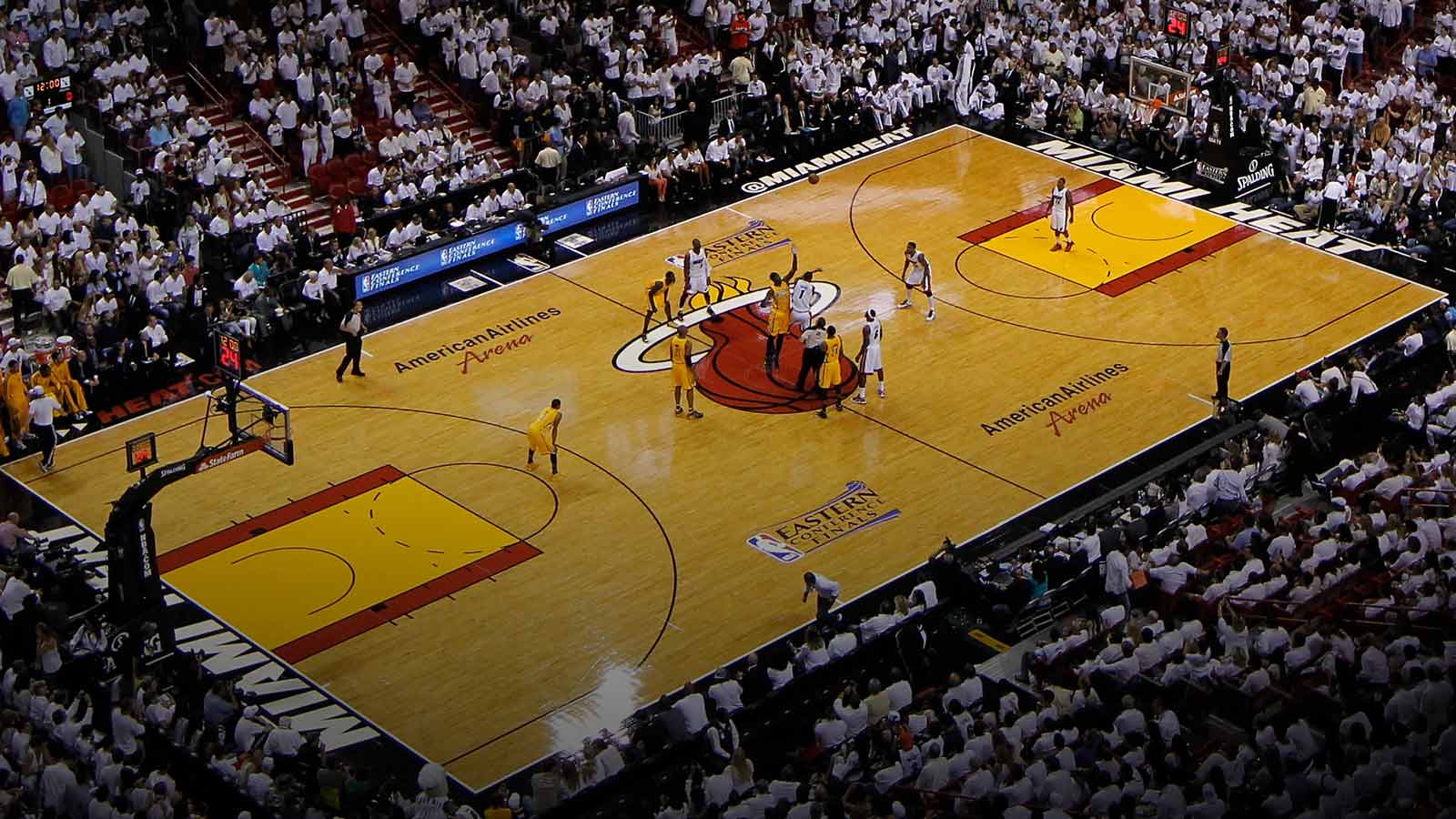From the Biden administration to corporate executives to the central bank, inflation, which defied predictions by rising to its highest level in nearly 40 years, has become the public enemy number one.
• Read also: Price rise of 7% in 2021, highest inflation since 1982 in the United States
• Read also: Tsunami or Wavelet? The world economy in doubt in the face of Omicron
“I am very concerned about the high level of inflation,” said Lael Brainard, the future vice-president of the American central bank (Fed), during a hearing before the Senate Banking Committee on Thursday.
“We hear from working families across the country talking about inflation… We have a powerful tool and we will use it,” she said.
Faced with prices that have climbed 7% in 2021, their biggest increase since 1982, the powerful Federal Reserve is therefore on a war footing.
Its weapon: key rates, which it is preparing to raise earlier and stronger than expected. The objective: to increase the cost of credit, and, in turn, to reduce consumption.
“We have a tool that acts on demand, which is the key rate,” said the future number 2 of the Fed, who, if his appointment is confirmed by the Senate, will take office in February.
Supply and demand
But the exercise is delicate, to avoid acting too strongly, which would weigh on employment.
Ms. Brainard expressed confidence that the actions the Fed will take “will bring inflation down while continuing to allow the labor market to return to full strength over time. We will therefore find full employment while bringing inflation down to 2%.
Although the central bank can act on demand, it does not have any leverage on the other origin of the price rise: supply.
The disruptions to the global supply chain caused by the pandemic have indeed caused shortages, which have not been reduced as many analysts predicted, and which could even be increased by the Omicron variant.
Inflation has therefore accelerated in many parts of the world. It is, however, particularly high in the United States, where supply is even more limited, as labor shortages slow production and deliveries.
Opposite, demand is very strong, thanks in particular to financial aid from the government in the face of the pandemic, but also to the fortunes of property owners and holders of equity portfolios which have grown, with the rise in the prices of these assets. .
Brief thinning
Inflation has even become a major concern for business leaders, in the United States and around the world, who are worried that it will persist beyond 2022, according to a survey published Thursday by the economic research center Conference Board.
For US CEOs alone, inflation also ranks 2nd on the list of concerns, just behind labor shortages.
For President Joe Biden, who risks several failures in Congress on his reforms, this soaring cost of living is a major political problem, and the Republican opposition does not fail to attribute the blame to him, now nicknaming the rise in prices , the “Bidenflation”.
To act on the offer, the White House must announce new measures to reduce congestion in American ports.
However, a brief brightening was brought on Thursday by the slowdown in the rise in wholesale prices in December.
They rose 0.2%, much slower than in previous months, according to the PPI index, a measure of inflation on the side of manufacturers and sellers, published Thursday by the Labor Department.
This is due “in large part (to) a drop in the very volatile prices of energy and food”, underlined in a press release Cecilia Rouse, president of the Council of economic advisers to Joe Biden.
It also reflects, she says, the improvements already made in the supply chain.
SEE ALSO:
–


